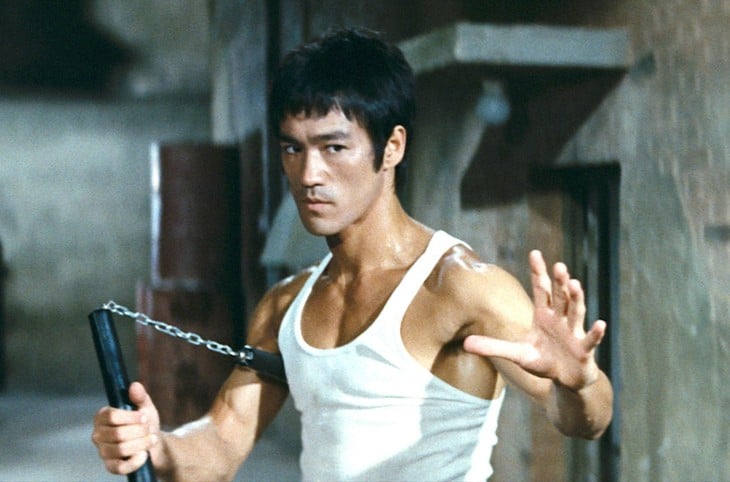
Bruce Lee created a philosophical breakthrough in Chinese martial arts - Photo: PN
Bruce Lee as well as Linghu Chong
Kim Dung was born in 1924, and Bruce Lee was born in 1940. There was almost a generation gap between the two, and they had almost no relationship with each other.
However, for later generations of Chinese martial arts, the debate about the two almost identical martial arts ideologies of these two famous martial arts masters and novelists was extremely heated.
That is the concept of "no trick wins with trick" which is extremely famous, from Kim Dung's novels to Bruce Lee's martial arts performances.
Bruce Lee's martial arts philosophy revolved around the ideas of "no technique wins with technique" and "be water, my friend" - soft, flexible and not bound by rules.
In an interview on The Pierre Berton Show in 1971, Bruce Lee gave his view on martial arts: “Be formless, shapeless, like water.”
"When you put water in a cup, it becomes the cup. When you put water in a bottle, it becomes the bottle. Water can flow drop by drop. Water can flow in a stream. Water can destroy," Bruce Lee added.
Bruce Lee's philosophy of using water as a symbol of his famous Jeet Kune Do (Jeet Kune Do) technique. And to this day, this is considered a groundbreaking idea in the Chinese martial arts world at that time.
But almost in the same flow of time, Bruce Lee's martial arts ideology was expressed through Kim Dung's pen, with the description "no move wins with move".
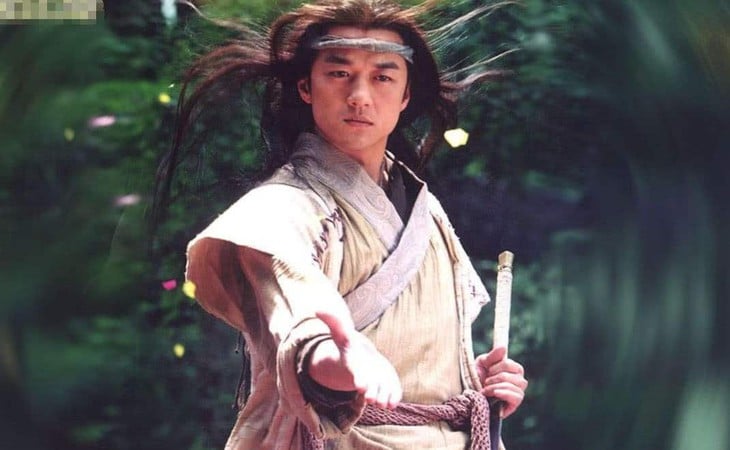
Image of Linghu Chong on screen - Photo: SC
This is the idea that Kim Dung expressed throughout the novels he wrote in the early 1960s.
And especially in The Smiling, Proud Wanderer (published in 1967), Kim Dung built the images of the characters Phong Thanh Duong and Linh Ho Xung with the unique technique Doc Co Cuu Kiem, generalizing the entire idea of "no move wins with move".
The late Hong Kong writer's description is almost similar to the way Bruce Lee talked about water. That is, martial arts are multifaceted, not bound by techniques, not confined by conventional theories, and were a breakthrough for the Chinese martial arts community at that time.
This similarity has made many people wonder: was Bruce Lee's martial arts philosophy influenced by Jin Yong, or vice versa, did the two meet at a common denominator?
The debate becomes even more interesting when looking back at the timeline. Jin Yong established the “no-movement” ideology in Smiling, Proud Wanderer in the late 1960s, before Bruce Lee became globally famous with his Jeet Kune Do system in the early 1970s.
Bruce Lee was born in 1940, came to America in 1959, built his personal martial arts system in the early 1960s, and officially named it "Jeet Kune Do" in 1967.
He later became a global icon thanks to his classic martial arts films of the early 1970s.
Meanwhile, Kim Dung was born in 1924, started writing in the 1950s, and the philosophy of "escape from move - no move" was gradually built by him through stories such as The Return of the Condor Heroes (1959) and The Heaven Sword and Dragon Saber (1961), before reaching the pinnacle of his ideology in The Smiling, Proud Wanderer .
Taoist Foundation
To explain this similarity, we need to go back to the origins of each person's thinking. Bruce Lee was directly influenced by Eastern philosophy, especially Lao Tzu and Chuang Tzu, as well as by Western philosophers he encountered while studying at the University of Washington.
In Tao of Jeet Kune Do (1975), he repeatedly emphasized the ideas of “following fate”, “doing nothing”, and “being empty to contain”. This is also the spirit expressed in his favorite excerpts from the Tao Te Ching.
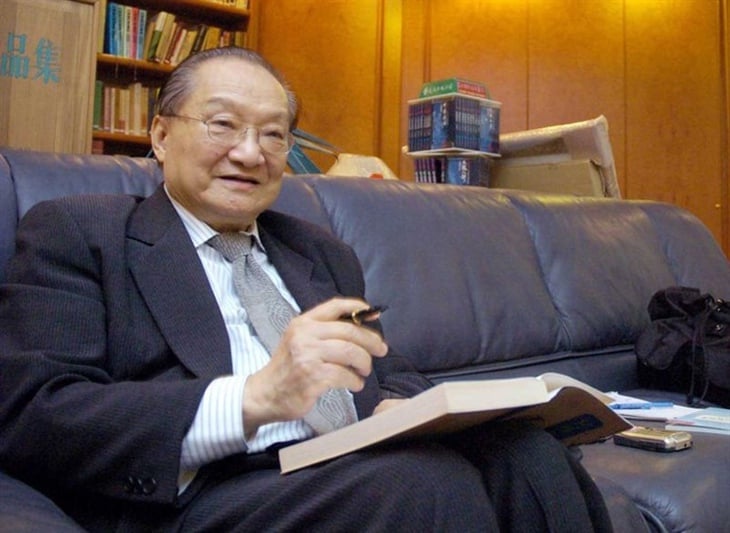
Writer Kim Dung - Photo: TD
As for Kim Dung, he is an intellectual with a deep understanding of Confucianism, Taoism, and Zen. In interviews, he admitted that he incorporated Eastern philosophical thoughts into his works, especially the spirit of “using softness to overcome hardness” and “no trick to overcome trick” from Taoism and Zen.
The wisdom of Lao Tzu - the extremely important figure of Chinese Taoism - is the source of all martial arts philosophies of Bruce Lee and Kim Dung.
"There is nothing in the world as soft and weak as water, but when it comes to attacking the strong, nothing can beat water." This saying by Lao Tzu is similar to a statement Bruce Lee made in 1971.
The intersection of Bruce Lee and Jin Yong lies in the way they used philosophy to liberate martial arts from dogmatic constraints. Both were extremely proud of Chinese pride, but also embraced Western liberalism.

Bruce Lee in a scene from Enter the Dragon (1973) - Photo: TL
There is no direct evidence that Bruce Lee read Jin Yong's novels or vice versa. The two men worked in two different fields - one was Hong Kong literature, the other was American martial arts and cinema.
But scholars believe that they were influenced by a common Asian philosophical system, especially Taoism, so it was natural for their thoughts to overlap.
Martial arts professor Tran Tuong Minh (Beijing University of Physical Education and Sports ) once commented in a 2015 conference: "Kim Dung brought Taoist philosophy into novels, Bruce Lee brought Taoism to the international stage. One wrote it, the other actually lived it."
It is difficult to judge who is the real father of the philosophy "no trick wins with trick" between Bruce Lee and Kim Dung.
Jin Yong was older, but Bruce Lee was the one who really came into contact with martial arts in a practical way. And both of them announced their martial arts philosophies at about the same time.
"Both are examples of the famous Chinese saying 'Heroes must have similar views'," said Professor Tuong Minh.
Source: https://tuoitre.vn/ly-tieu-long-va-kim-dung-ai-moi-la-cha-de-cua-vo-chieu-thang-huu-chieu-20251018221728397.htm


![[Photo] 60th Anniversary of the Founding of the Vietnam Association of Photographic Artists](/_next/image?url=https%3A%2F%2Fvphoto.vietnam.vn%2Fthumb%2F1200x675%2Fvietnam%2Fresource%2FIMAGE%2F2025%2F12%2F05%2F1764935864512_a1-bnd-0841-9740-jpg.webp&w=3840&q=75)



![[Photo] Cat Ba - Green island paradise](/_next/image?url=https%3A%2F%2Fvphoto.vietnam.vn%2Fthumb%2F1200x675%2Fvietnam%2Fresource%2FIMAGE%2F2025%2F12%2F04%2F1764821844074_ndo_br_1-dcbthienduongxanh638-jpg.webp&w=3840&q=75)

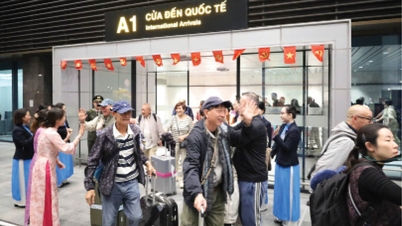



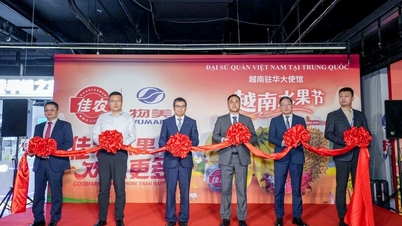









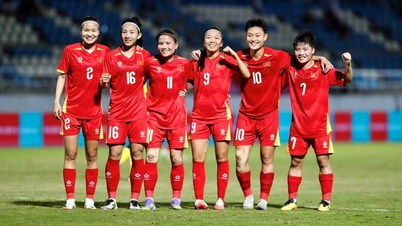




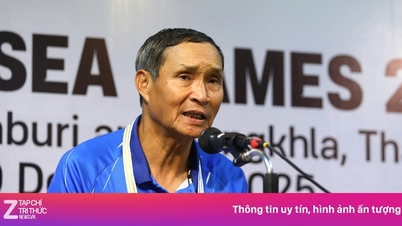







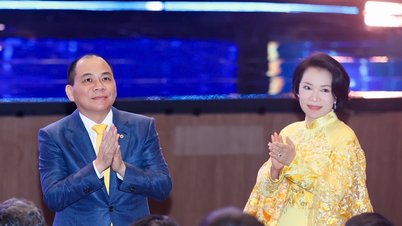



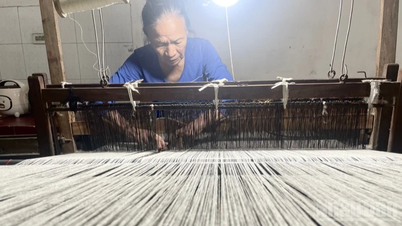

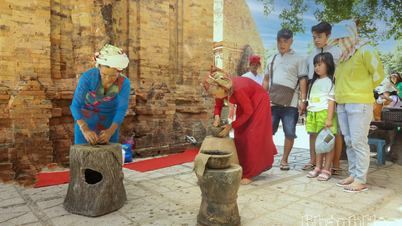

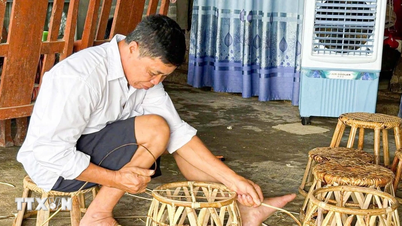
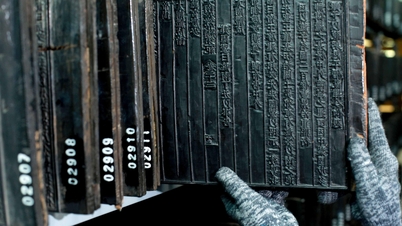






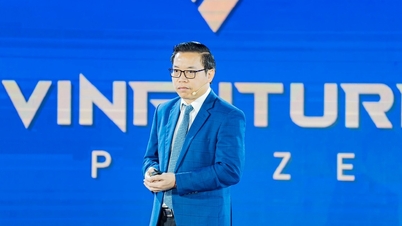

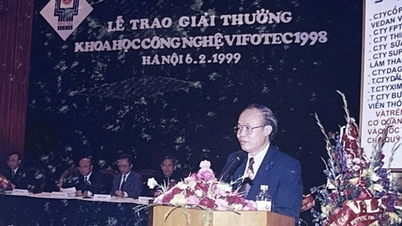

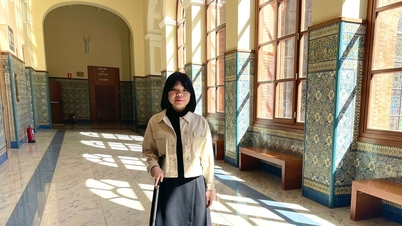


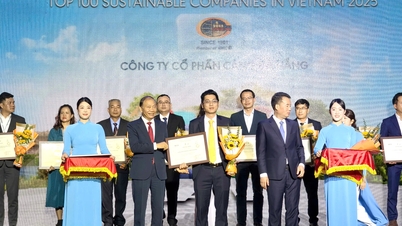
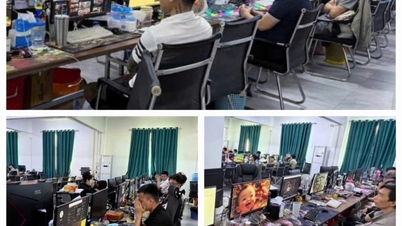
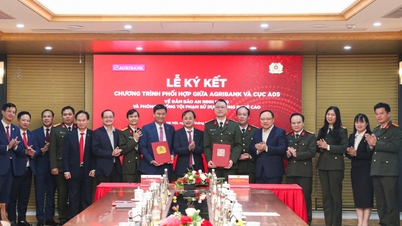


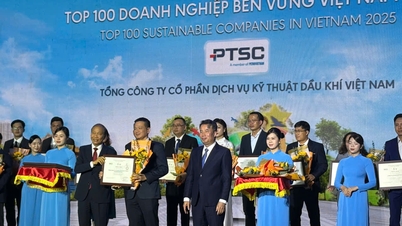












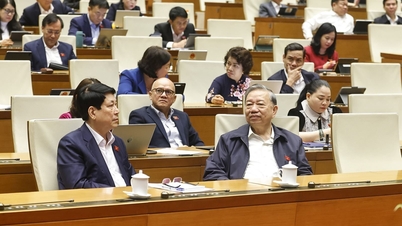
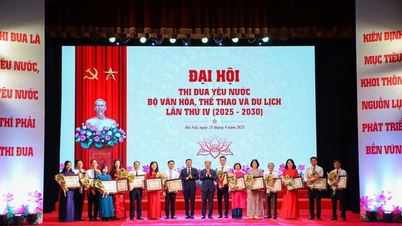

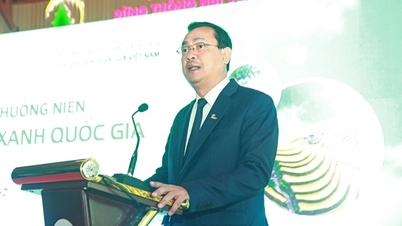
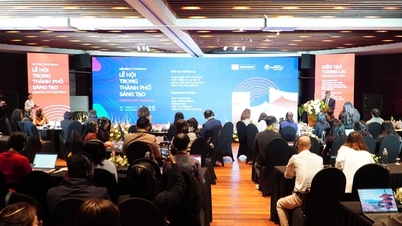
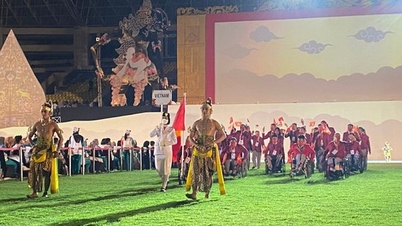



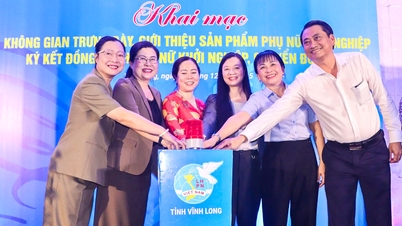

























Comment (0)